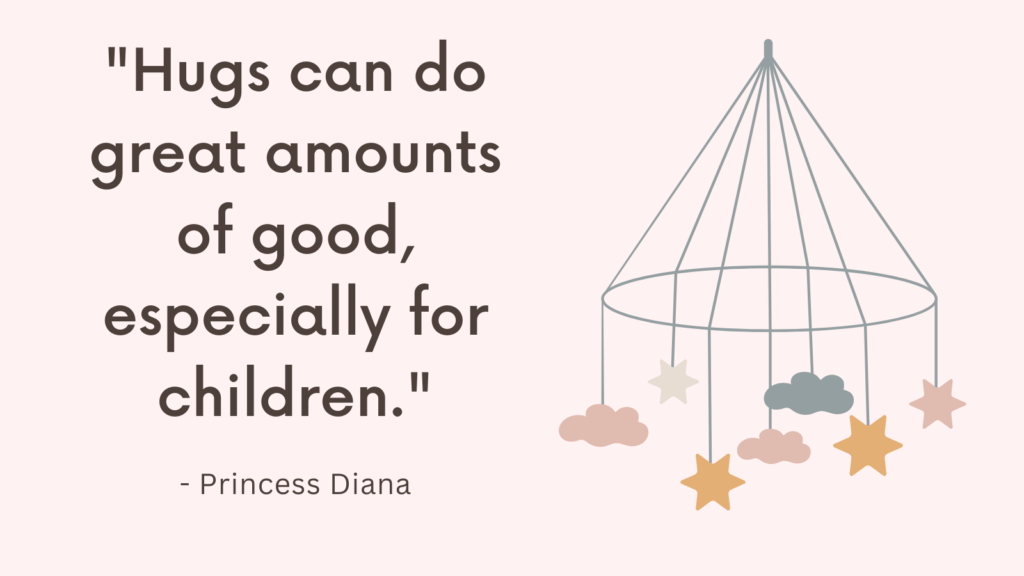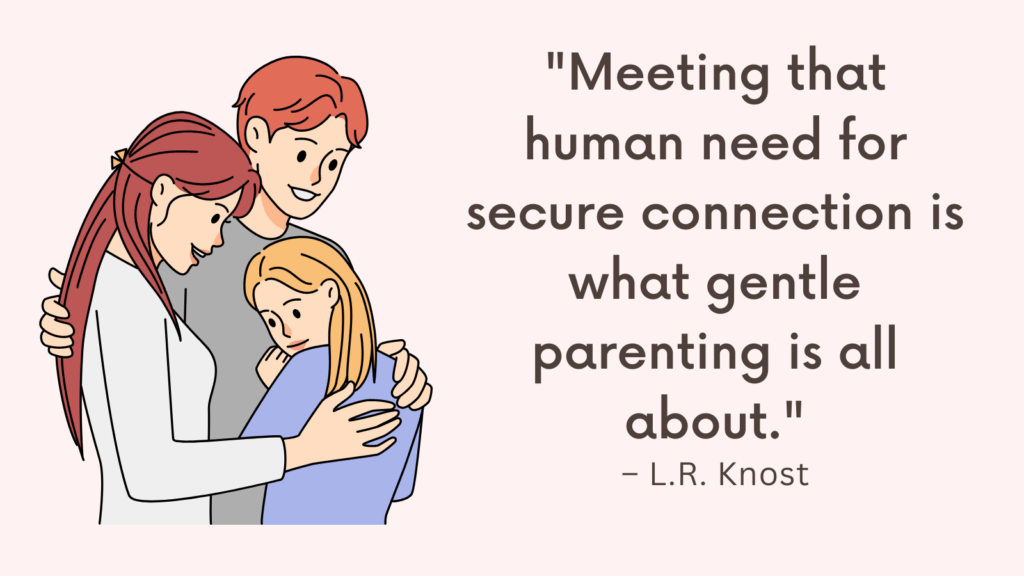This post contains “Is My Child Ready For Potty Training Quiz.”
Why Start Potty Training Early?
Starting potty training early has many advantages for both the child and the parents.
Early potty training also means fewer diaper changes and savings on diaper expenses.
It helps to establish good bathroom habits early on which can prevent issues like bed-wetting or accidents later on in life.
It’s also healthier. Prolonged diaper use can cause skin irritation and diaper rash, which can be uncomfortable and painful for babies.
Potty training gives children a sense of control and empowerment, which can boost their self-confidence and independence.
Many parents who start potty training early also report an improvement in their child’s communication skills as their child learns to recognize and communicate their need to use the bathroom.
However, it’s important to remember that every child is different and there is no one “right” time to start potty training.
It’s essential to pay attention to the child’s readiness cues and to make sure they feel comfortable and supported throughout the process.
Related: When Do Babies Go From 2 Naps To 1
Is My Child Ready For Potty Training Quiz
The following questions represent common signs your child is ready for potty training:
Results
#1. Can your child walk and sit down on their own?
#2. Does your child have a dry diaper after nap time or in the morning?
#3. Is your child showing interest in using the toilet or potty seat?
#4. Can your child communicate their need to go to the bathroom verbally or through gestures?
#5. Is your child able to pull their pants up and down on their own?
#6. Does your child stay dry for at least two hours at a time during the day?
#7. Is your child able to follow simple instructions?
Results
The questions above represent signs your child is ready for potty training. If you answered yes to most of these questions, then your child may be ready for potty training.
Related: How To Sleep Train For Naps?
How to Prepare For Potty Training?
1. Wait until your child is ready
Every child develops at their own pace, so it’s important to be patient and not rush the process.
Look for signs of readiness such as staying dry for at least two hours, showing interest in using the potty, and staying dry at night.
It’s also essential to ensure that your child can communicate their needs effectively.
Once you observe these signs, you can start introducing the idea of using the toilet.
Related: Best 10 Sleep Training Books
2. Gather Necessary Supplies
Some of the essential items that can make the potty training process easier include a potty chair or seat, training pants or underwear, wipes, and hand sanitizer.
Depending on the child’s preferences and level of comfort, a potty chair that sits on the floor or a toilet seat insert may be appropriate.
Parents should also consider purchasing training pants or underwear as they will help the child understand when they need to go potty, and accidents happen.
Wipes are also essential for keeping the child clean during and after potty time, while hand sanitizer comes in handy after cleaning up.
Buying sticker charts or other forms of rewards can be helpful in motivating children to use the potty regularly.
Related: Best 10 Baby-Led Weaning Books
3. Set Up A Routine
Setting up a regular schedule can help your child get used to the idea of using the toilet, and can make potty training less stressful and overwhelming.
To start, establish a consistent time of day when your child will sit on the potty.
This could be after meals, before bath time, or another convenient time that works for your family’s schedule.
Encourage your child to sit on the potty, even if they don’t actually need to go, so they can start to associate it with a regular part of their routine.
Another helpful routine is to set up a reward system for successful potty trips.
This could be something as simple as a sticker or a small treat, but it should be something that motivates your child to keep trying.
Related: Baby Items A-Z (+PDF Download)
4. Discuss The Process With Your Child
Before starting, make sure your child is ready for potty training and explain what it entails.
Talk about using the bathroom in a positive way and encourage them to ask questions.
You can also show them children’s books about potty training or watch videos to help them understand what to expect.
During the discussion, make sure to let your child know that accidents are common and it’s okay to make mistakes.
Be patient and supportive throughout the process and make it clear that you’re there to help.
This will help your child feel more comfortable and confident as they begin potty training.
Your child may also have specific concerns or fears about using the bathroom, such as falling into the toilet or being afraid of flushing.
Address these concerns and work together to find solutions.
For example, you could use a smaller seat for younger children or let them flush only when they’re ready.
By taking the time to talk to your child and addressing any concerns, you can make the process smoother and less stressful for both of you.
Related: Baby Travel Essentials (+PDF Download)
5. Reward Successes And Avoid Punishments
Positive reinforcement can help motivate the child and build their confidence.
For example, giving a sticker or a small treat for successfully using the potty can encourage them to continue doing so.
On the other hand, punishments such as scolding or shaming the child for accidents can have negative effects on their self-esteem and make them feel ashamed of themselves.
It is essential to be patient and understanding throughout the process and remember that accidents are a normal part of the learning process.
Related: Baby Camping Gear (PDF Download)
Conclusion
Preparing for potty training is an important step that parents and caregivers should take before starting the process with their little ones.
Starting potty training early can help create a smoother transition from diaper dependency to independent toileting, with less stress and frustration for both the child and the parents.
Remember, every child is different and there is no one-size-fits-all approach to potty training.
Be patient and stay consistent with your routine, and eventually your child will start to understand and internalize this new habit.
With a bit of preparation and a solid routine in place, potty training can be a positive and rewarding experience for both parent and child.





